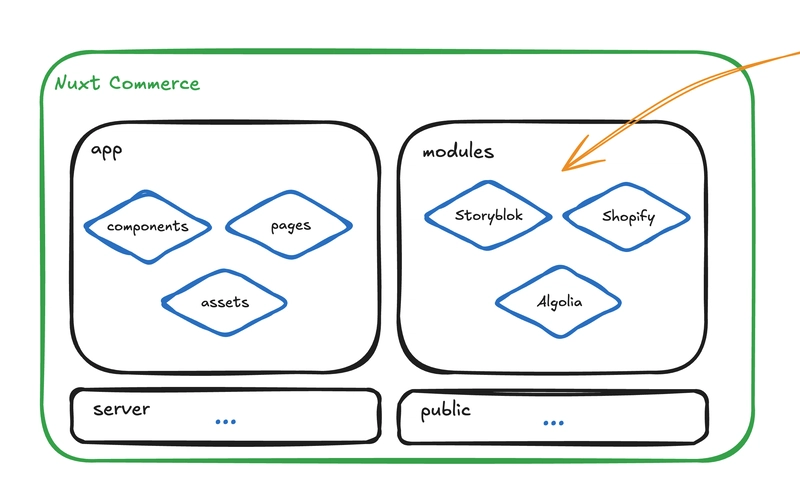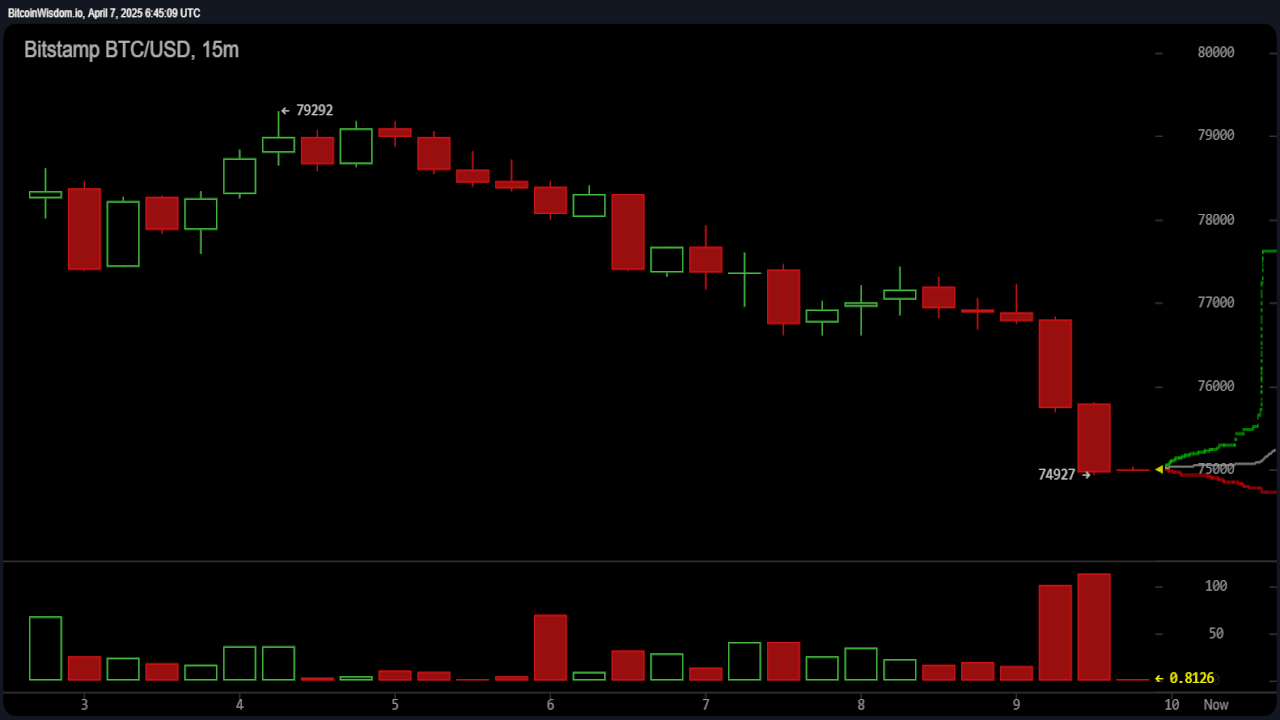GTMetrix Alternatives: Better Ways to Measure Web Performance
For years, GTMetrix was a go-to tool for checking website speed. But here’s the thing—paying for synthetic tests doesn’t make sense anymore. You’ve probably seen it before: GTMetrix tells you your site is fast, but your users are still complaining about slow load times. That’s because synthetic tests don’t tell the whole story. If you’re serious about web performance, you need more than just lab data. That’s why we put together a full breakdown of the best GTMetrix alternatives—so you can find a tool that actually helps real visitors experience a faster site. Why Synthetic Tests Alone Aren’t Enough Synthetic tests, like the ones GTMetrix runs, generate lab-based results in a controlled environment. That’s useful, but it doesn’t reflect how real users experience your site. A real-world user might: ✅ Load your site on a slow mobile network ✅ Have third-party scripts blocking content ✅ Experience delayed interactions because of render-blocking resources If you’re only looking at synthetic test scores, you might think your site is fine—when, in reality, your users are struggling. The Better Approach: Synthetic + Real User Monitoring (RUM) Modern performance tools combine synthetic tests with Real User Monitoring (RUM) and Google’s CrUX data to give you a complete picture of your site’s speed. Here’s what each method measures:

For years, GTMetrix was a go-to tool for checking website speed. But here’s the thing—paying for synthetic tests doesn’t make sense anymore.
You’ve probably seen it before: GTMetrix tells you your site is fast, but your users are still complaining about slow load times. That’s because synthetic tests don’t tell the whole story.
If you’re serious about web performance, you need more than just lab data. That’s why we put together a full breakdown of the best GTMetrix alternatives—so you can find a tool that actually helps real visitors experience a faster site.
Why Synthetic Tests Alone Aren’t Enough
Synthetic tests, like the ones GTMetrix runs, generate lab-based results in a controlled environment. That’s useful, but it doesn’t reflect how real users experience your site.
A real-world user might:
✅ Load your site on a slow mobile network
✅ Have third-party scripts blocking content
✅ Experience delayed interactions because of render-blocking resources
If you’re only looking at synthetic test scores, you might think your site is fine—when, in reality, your users are struggling.
The Better Approach: Synthetic + Real User Monitoring (RUM)
Modern performance tools combine synthetic tests with Real User Monitoring (RUM) and Google’s CrUX data to give you a complete picture of your site’s speed.
Here’s what each method measures:









































































































































































![[The AI Show Episode 142]: ChatGPT’s New Image Generator, Studio Ghibli Craze and Backlash, Gemini 2.5, OpenAI Academy, 4o Updates, Vibe Marketing & xAI Acquires X](https://www.marketingaiinstitute.com/hubfs/ep%20142%20cover.png)































































































































![[DEALS] The Premium Learn to Code Certification Bundle (97% off) & Other Deals Up To 98% Off – Offers End Soon!](https://www.javacodegeeks.com/wp-content/uploads/2012/12/jcg-logo.jpg)

![From drop-out to software architect with Jason Lengstorf [Podcast #167]](https://cdn.hashnode.com/res/hashnode/image/upload/v1743796461357/f3d19cd7-e6f5-4d7c-8bfc-eb974bc8da68.png?#)








































































































.png?#)


































_Christophe_Coat_Alamy.jpg?#)



.webp?#)






































































































![Apple Considers Delaying Smart Home Hub Until 2026 [Gurman]](https://www.iclarified.com/images/news/96946/96946/96946-640.jpg)
![iPhone 17 Pro Won't Feature Two-Toned Back [Gurman]](https://www.iclarified.com/images/news/96944/96944/96944-640.jpg)
![Tariffs Threaten Apple's $999 iPhone Price Point in the U.S. [Gurman]](https://www.iclarified.com/images/news/96943/96943/96943-640.jpg)

































































































































